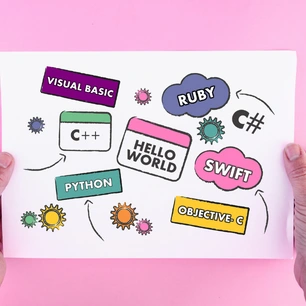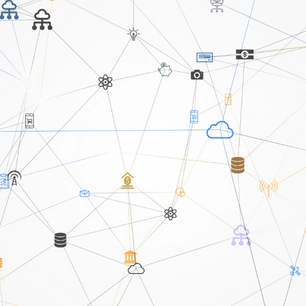Agile project management is a combination of agile frameworks and principles, such as the Agile Manifesto. Unlike traditional project management, in Agile, the manager does not tell the team what to work on. Instead, he focuses on getting the team together with the right skills and environment to complete the project quickly and effectively. The team works on a concept that defines the project's desired outcome. The plan introduces the project's requirements, and the team discusses the appropriate approach to complete each task. Then the actual coding takes place. The documentation for the project also evolves with the project.
Self-organizing teams
Self-organizing teams are a crucial element of agile development. Essentially, they consist of people with a high level of knowledge about the product being developed. They must also be given autonomy to achieve their goals. This differs from the traditional approach of breaking a product into components and assigning each to a separate team.
Agile and Scrum share some characteristics, but each has a unique way of doing things. Scrum, for example, emphasizes the importance of self-organizing teams and collaborating with the entire team. Both emphasize creating an environment that is flexible and adaptable to a rapidly-changing environment. Although both methodologies focus on creating a self-organizing cross-functional team, Agile is better suited for complex software tasks, while Scrum works well for general development projects.
Self-organizing teams are important for achieving high-quality software products. Rather than developing complex and detailed documents, an Agile team creates small, incremental increments of software based on customer requirements. These smaller increments of development allow the team to respond to changing needs and remain flexible throughout the process. Both processes are based on a customer's needs and can be used to enhance predictability and speed-to-market.
The benefits of agile development extend beyond software development. This practice is increasingly used in other industries, including the construction industry. Agile emphasizes collaboration, communication, and people in the development process. The result is a product with a short development cycle and high customer involvement.
Continuous feedback from the end user
Feedback is a critical component of the Agile and Scrum methodologies. It is important to deliver it regularly. Feedback should be delivered at the time the receiver is almost ready for it. This can be difficult, especially when teams are under pressure to meet delivery goals. The best way to manage this is to create a culture encouraging feedback exchange.
Feedback loops are critical to keeping the development team focused. Frequent feedback helps ensure that the team is delivering high-value features. The feedback loop also allows the team to accommodate changes later in the process. It is not enough to wait for the end of a sprint before soliciting feedback from the end user.

In Agile and Scrum, a sprint is the basic unit of work for a development team. At the start of a Sprint, the team will have a Sprint Planning meeting to determine the project's objectives and goals. The team will also have a Product Backlog that defines the project's approach and goals.
Continuous feedback from the end user is another common feature of Agile and Scrum. It helps the development team to focus on what the end user wants instead of just delivering the next feature.
Flexible project management
When deciding which project management style to use, it is important to understand the differences between agile and Scrum. Agile is a more flexible approach that focuses on face-to-face interaction. Scrum emphasizes the creation of shorter projects and the delivery of everything at the end. Both approaches are effective in different circumstances but are not right for every project.
Agile has the advantage of encouraging user and team feedback throughout the project. It also allows the team to use lessons learned to improve future iterations. However, a disadvantage of Agile is that it can be difficult to create a firm delivery date. It can also fail to keep documentation up to date. This can result in a product that is different from what the original team intended.
Scrum puts a greater emphasis on simplicity and efficiency. Team members must work together to build a product without wasting time on unnecessary features. In addition, teams must engage in their product design during the development process. An active design process ensures that only the features that are essential to the customer are included. This also means that it is easier for the team to accommodate changes.
While Agile emphasizes continuous development and testing, Scrum focuses on delivering software to clients in increments. Teams create and deliver software products based on a series of requirements iterations, which are then tested to ensure the product meets the business's requirements. Using Scrum allows teams to continuously improve their product while remaining flexible.











